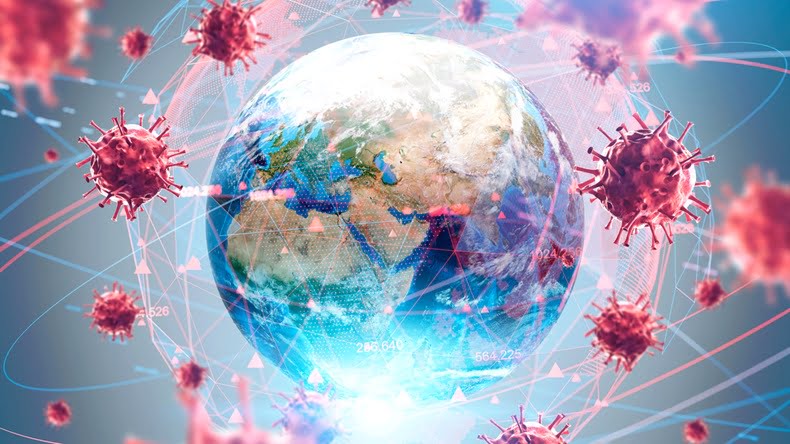The new coronavirus has brought our society to the minimum possible. He closed companies, canceled large meetings and kept us all at home. Everyone wonders the same thing: when will there be a return to normal?
The answer is very simple: when a sufficient portion of the population (between 60 and 80% of people) is immunized against COVID-19 and/or able to curb the spread of the disease from person to person. This is the ultimate goal, although no one knows exactly how long it will take to get there. The scenarios of the exit from this coronavirus nightmare, on the other hand, are different.
The long road and the short road
There are two realistic and brutal paths to achieve the famous “herd immunity”. One is the development of a vaccine. The other is for the disease to make its way, surely killing many, but also leaving many others immune. This is the “English” thesis (later changed to a large extent). Not yet knowing whether recovery from the disease confers immunity, let alone lifelong immunity, I wouldn't consider it a first choice.
Unfortunately, both of these coronavirus scenarios may be a year or two long, but in the meantime, degrees of normalcy will likely be regained. Absolutely not at Easter, as Renzi would like or Trump. But this summer, for example, we could find restaurants open but no concerts, open offices but no crowded beaches, bars with spaces spaced between the seats.
Imagining patterns of returning to everyday life would be easier if the authorities had a complete view of who is infected, cured, immune or susceptible. Information that would emerge from widespread tests, which the world is very slow to deploy.
For this reason the strategy adopted is that of self-isolation. It can slow the spread of the virus, sparing the country's hospitals as much as possible from a catastrophic overload of patients. This unfortunately comes at the cost of freezing daily life.
Epidemiologists have stressed that they have no idea when life will be “unfrozen,” but here and there are a number of possible scenarios for how we might resume some activities after (or even during) the coronavirus. Below are some inflection points to keep an eye on in the coming weeks, months and years, broken down by timeframe.
Scenarios from 1 to 2 months
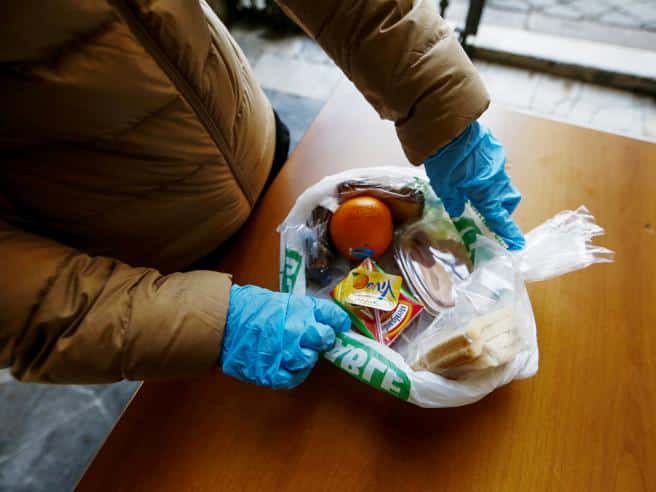
I should note that experts think this timing is highly unlikely. But many social distancing measures could end in a month or two if the coronavirus “suddenly turns out to be a less serious pathogen.” This is what he said, for example William Hanage, professor of epidemiology at the Harvard TH Chan School of Public Health. “Second- and third-degree infected people may experience very mild disease and rapidly develop immunity.” This hypothetical circumstance would certainly be fantastic. But it would also produce "a lot of headaches" among public health experts, due to the extreme difficulty of precisely identifying this presumed immunity by area, age and type of subject.
Another path to a short-term resolution is much simpler: less social distancing would produce what Andrew Noymer, professor of public health at the University of California, defines a “big, short, sharp shock.” In other words: many infections in the coming months, an overwhelmed healthcare system and the death of many people. After such a catastrophe it is assumed that many people will become immunized.
Both these events would do well to stay in the drawer for at least two more months, for better or for worse. By then, public health experts will have learned more about the virus by then. In a month or two, public health authorities and researchers will also likely have a clearer idea of whether recoveries have acquired immunity, and if so, for how long. Such information will be useful for containment efforts.
Scenarios from 3 to 4 months
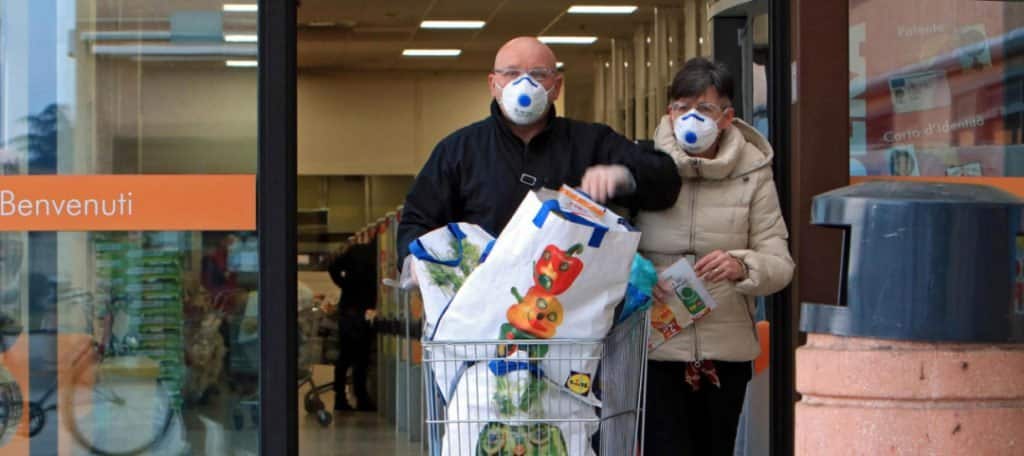
This scenario can occur in the hypothesis in which the widespread development (and use) of rapid or very rapid tests makes us discover that we already have substantial mass immunity to this virus.
In this sense, the development of two types of tests is important: one that detects the presence of the virus itself and one that detects the antibodies that people develop when they are immune to it.
With this new information, Hanage said, it would be possible to isolate contagious or more vulnerable people, while much of the population returns to something reminiscent of normal life.
“There would be fewer tables in a restaurant, or fewer people in a bar”, he said. Meanwhile, if some places have a much higher incidence of the disease than others, people in those regions or cities may leave home earlier or during different periods than people in other parts of the country.
Michael Stoto, professor of administration of health systems and population health at Georgetown University, defines three variables that determine the spread of a disease:
- How many infected people or contacts on contaminated surfaces on average meet in one day;
- How many possibilities of virus transmission are there in these situations;
If more targeted testing begins to provide a fuller picture of the spread of the virus, health authorities may choose to focus on one variable more than another.
For example, if testing data indicates that we need to reduce the number of people meeting together, perhaps restaurants and small businesses would reopen, but large, crowded events would be canceled. In short, a “normality” with variable structure.
In three or four months, researchers may have identified a treatment for COVID-19. Maybe not a cure, but something that could relieve symptoms quickly and reliably, avoiding death. This would not eliminate the continuing need for social distancing, as large-scale outbreaks would still be possible, but it could reduce the risk of overburdening the country's hospitals if an outbreak occurs.
For Hanage, this timeline is more likely than shorter coronavirus scenarios.
Scenarios from 4 to 12 months
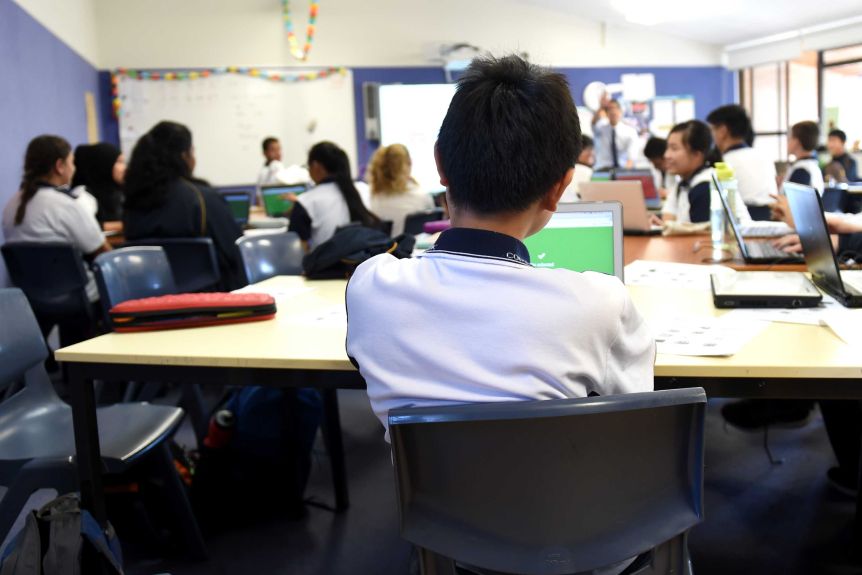
A big unanswered question about COVID-19 is whether, like the flu, its spread will slow substantially over the summer.
Researchers have a few theories about why summer is a hostile season for flu: Higher temperatures and increased UV radiation are lethal to some viruses. Schools are closed and deprive the virus of crucial breeding ground. But it is not yet known whether any of these theories apply to the coronavirus.
Here the possible scenarios become two: in one, the coronavirus retreats in the summer. Not in the other. In both, at least some of the social distancing measures currently in place will continue into the second half of the year.
In the first case, the virus recedes in the summer. Summer would be a little more fun than spring, at least in the Northern Hemisphere. Outdoor activities in small groups would probably be allowed. Maybe bars and restaurants would reopen. But there would probably be a brake on large meetings. No stadiums, no concerts, no beaches, still no cinema (except maybe outdoors and with the right distances).
The championships could resume in the summer but without an audience, TV programs would continue to forego studio audiences. In the meantime, stores may continue to limit the number of authorized shoppers. Let's forget about large crowds for a while, but on a small scale there would be fewer limitations and life would surely return to more acceptable levels.
It may also be (relatively) safe to travel around to see loved ones. If the likelihood of getting infected is reduced and spreads everywhere, around the house as well as elsewhere, travel restrictions make little sense. But surely stations and airports would have limited access.
The negative aspect of this summer being closer to the “normal” one is that there would be a strong possibility (although still not a certainty) of a resurgence of the entheus disease in six months. This “relapse” of infections could return starting in October, reintroducing the need for social distancing.
This social distancing could be the same as the current one, or slightly relaxed: at that point, many people could have developed possible immunity and could theoretically go out without risking infection. And we would know even more about the virus too. If for the autumn we had full certainty that children have strong resistance to getting infected, but above all to spreading it, schools could even reopen.
Within three to four months, countries will still be in a better position to absorb another wave of infections. Summer would be a good time to produce more ventilators and increase the number of places in intensive care. It would increase the stockpile of protective gear that health workers wear to prevent infection.
If we used the summer break to strengthen our response in the fall, in short, with the right reinforcement, social distancing could be further reduced.
And we come to the second of the "sub-scenarios": the one in which the coronavirus does not recede even in the summer. The current peak would reduce due to the isolation measures adopted now, but the risk of a recovery would remain high in the warmer months. If the number of cases did not decline significantly by early to mid-June, Noymer said, we would know that the virus is not seasonal.
At that point, social distancing measures could be changed according to the situation. With the ever-present possibility of more waves of infections, quarantine could continue just as it does now. If the hospitals were better equipped, however, the social distancing could be reduced. There may be more work outside the home and a slight increase in sociability, but it would still be a world with rigorous hand washes, choked sneezing, and generous amounts of hand sanitizer. In all likelihood, people who can work remotely or order food via delivery would still do so instead of leaving the house.
Scenarios from 12 to 18 months (and beyond)
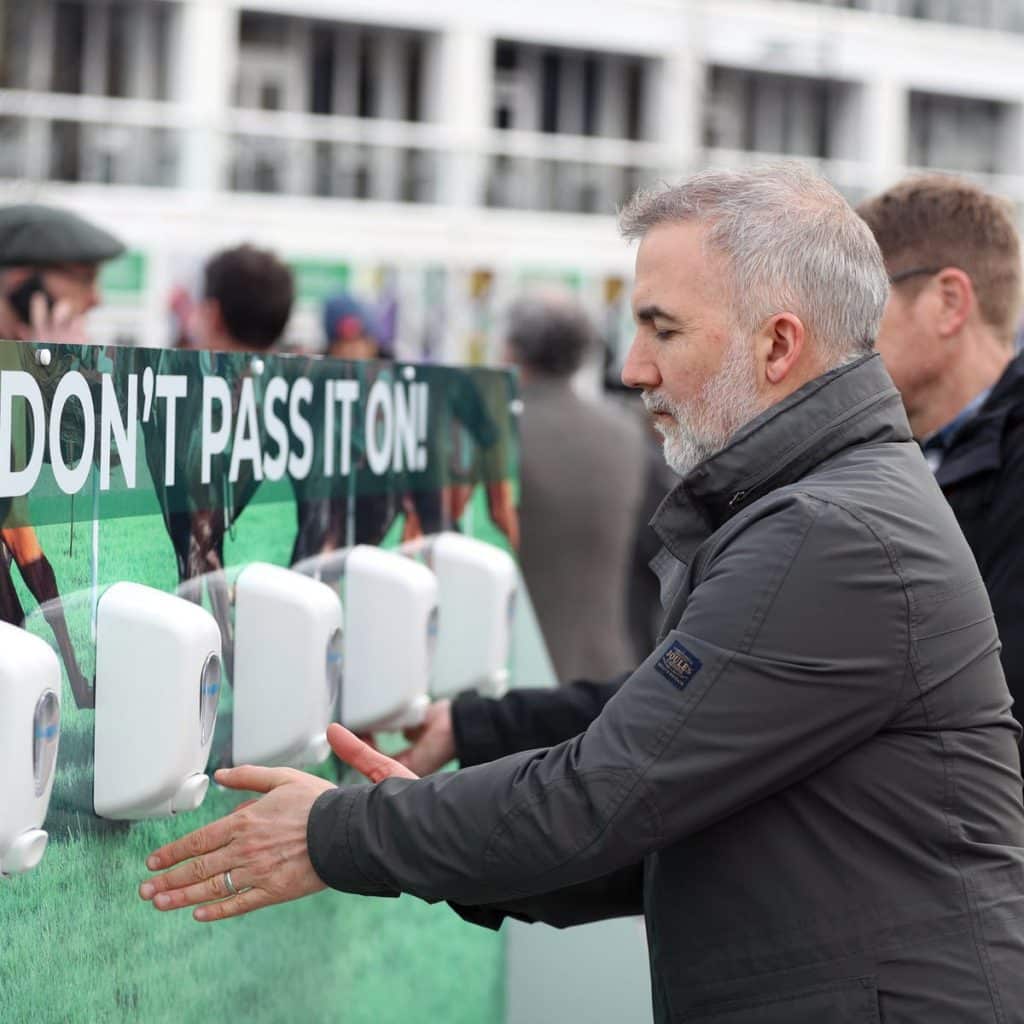
Spring 2021 is the time everyone is waiting to see a vaccine. “Anything faster would be a world record, it would be the speed of light”, says Noymer. If it is a rough project to perfect it will take even longer, probably another six months or a year after next spring.
The vaccines, as I wrote here, they take so long because they are difficult to perfect. A series of methodical tests are conducted to ensure that they do not harm healthy people, that they generate the desired antibodies and that those antibodies actually defend against the disease. They are not excessive bureaucratic safeguards: if you have to inject something (or put in the mouth) hundreds of millions, probably billions, of people, you need to study it well.
And if it works, normal life will resume, but not immediately. The logistics of vaccinating millions of people is no small feat. And even assuming not everything arrives in one big batch, some sort of system will be needed to determine who gets the first doses. The people most vulnerable to the disease? Health workers?
In examining all the coronavirus scenarios, then, don't get me wrong, it is also possible that no one will be able to develop a safe and effective vaccine. That would be a disappointment, but then again in 12-18 months we would be on track for population-wide immunity, certainly achieving it by the fall of 2021. And until then we probably wouldn't be locked down for more than a year. Even in a world without vaccines, achieving population-level immunity means that future COVID-19 outbreaks would be much less harmful than the current one. The virus could remain threatening and continue to circulate, infecting people as much as, and more than, the cold or flu.
